Advanced Network Analysis
Network Analysis and Causal Inference
Olga Chyzh [www.olgachyzh.com]
Reading
Olga V. Chyzh. 2024. How to stop contagion: Applying network science to evaluate the effectiveness of covid-19 vaccine distribution plans. Journal of Politics 86 (1): 18-35.
Karthik Rajkumar, Guillaume Saint-Jacques, Iavor Bojinov, Erik Brynjolfsson, and Sinan Aral. A causal test of the strength of weak ties. Science, 377(6612):1304--1310, 202
Very Healthy Cereal
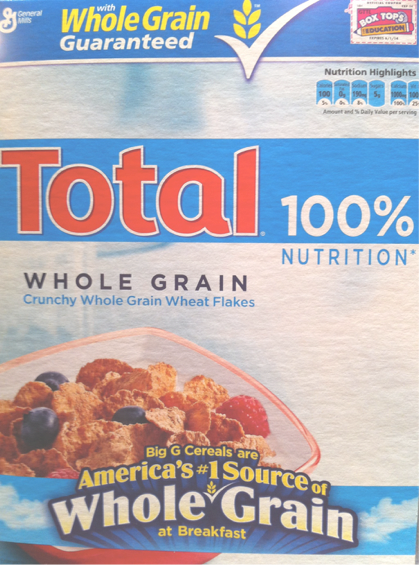
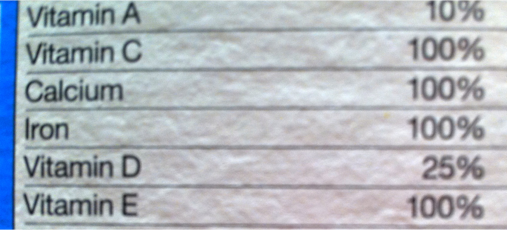
Empirical Observation
- This cereal sticks to a magnet.

Why Did it Stick?
- Propose a theoretical model (that includes a causal mechanism) to explain the observation.
Why Did it Stick?
Propose a theoretical model (that includes a causal mechanism) to explain the observation.
Suppose our causal mechanism is that this cereal sticks to a magnet because of its iron content.
A testable hypothesis: cereals that are high in iron stick to a magnet.
Test

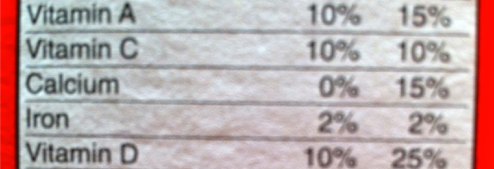
Does It Stick?
- This cereal does not stick to a magnet.
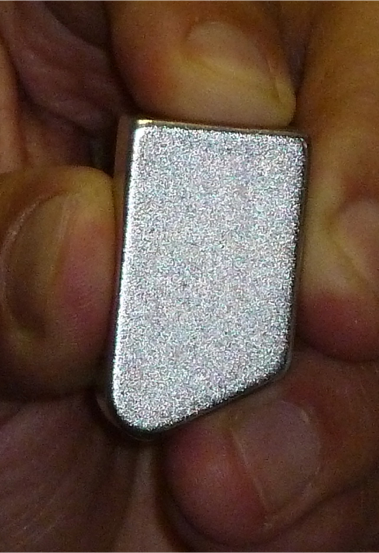
Causal Effect
Unit of analysis: cereal type
Treatment variable (causal variable of interest) T: iron content (high/low)
Treatment group (treated units): Total cereal
Control group (untreated units): Honey Smacks cereal
Outcome variable (response variable) Y: whether it sticks to a magnet (yes/no).
Causality
Counterfactual: Would Total cereal stick to a magnet if it did not have iron?
Two potential outcomes: Y(1) and Y(0)
Causal effect: Y(1)−Y(0)
Fundamental problem of causal inference: only one of the two potential outcomes is observable.
Cannot calculate individual causal effect Y(1)−Y(0)!
Can calculate the average treatment effect by comparing the means of a treatment and a control group.
Importance of control group: must be identical to the treatment group on all factors but the treatment.
The Problem
Causal inference is predicated on comparing the observed to the counterfactual.
- Example: To show that the Medici rose to power due to their high network centrality, we must compare the Florentine network to a counter-factual, in which the Medici did not hold a central position.
Often cannot change one aspect of the network while holding all else constant
- Cannot change an actor centrality without changing centrality of other actors.
- Example 1: Cannot observe what a policy diffusion process across US states would look like in the absence of New York and California.
- Example 2: What would the post-World War II international alliance network would look like without the United States?
A Causal Approach
Experiment
Randomly assign features to nodes/edges in networks
Examples: LinkedIn experiment
Natural experiment
Find a sample of social networks, such that some features (e.g.the central nodes' transmission potential) are disabled in some of the networks, but not the others.
Examples: Covid-19 vaccine prioritization policies in the US, censorship on Twitter
Simulations to study different scenarios
Assumptions
Unconfoundedness
SUTVA--stable unit treatment value assumption: treatment assignments for other units do not affect the outcome for unit i and that each treatment defines a unique outcome for each unit
Parallel trends
Simulations: Covid-19 Transmission Under Different Vaccine Priority Scenarios

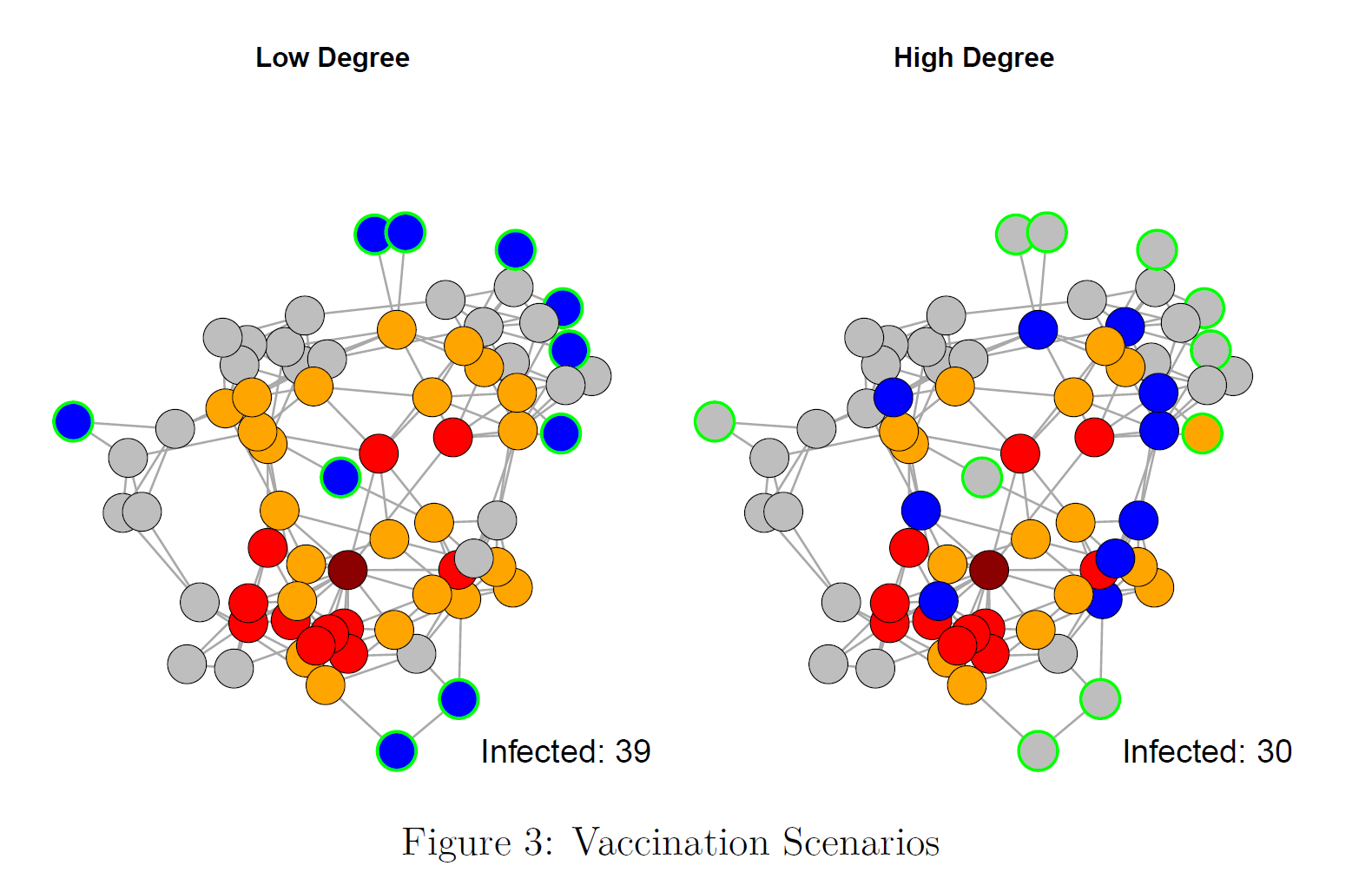

Natural Experiment: Covid-19 Transmission Under Different Vaccine Priority Scenarios
Natural Experiment
Most similar cases: California and Oregon counties
Matching on demographic and economic variables
Treatment: California opened vaccine eligibility to grocery workers (central nodes) about 1 month earlier than Oregon.
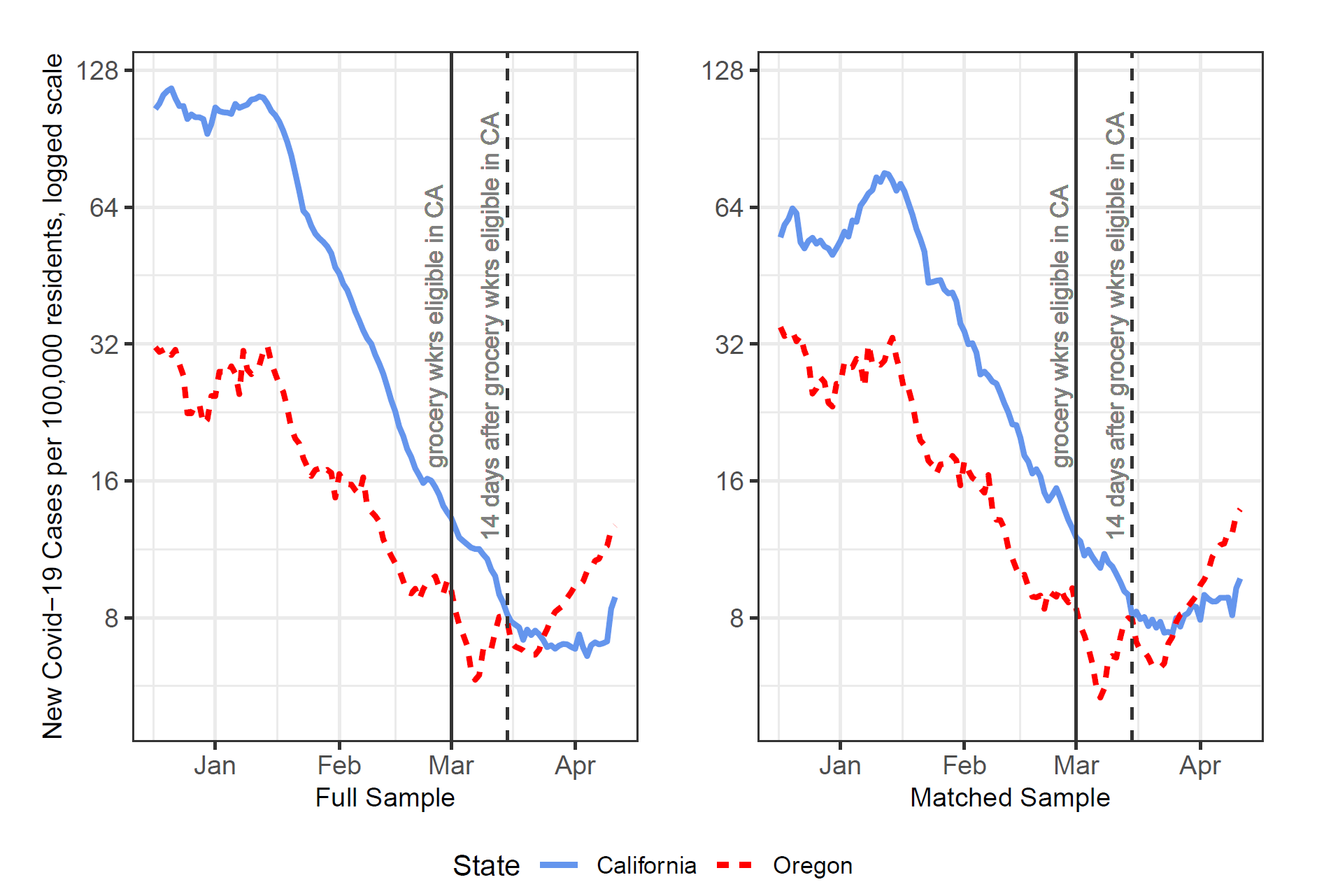
Field Experiment: LinkedIn
Field Experiment
Randomly vary friend suggestions: weak vs. strong links
Study the effect of the treatment on job applications and new jobs